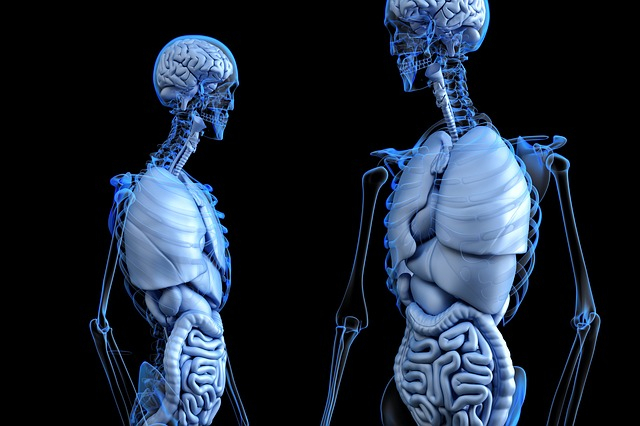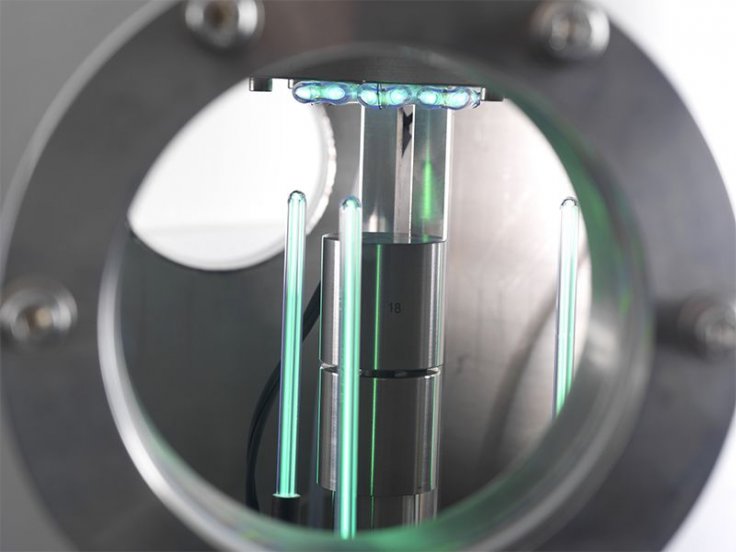Ever since the normal human body temperature was first determined in 1851 by Carl Reinhold August Wunderlich, a German physician who took millions of measurements from some 25,000 people and reported a range of 36.2 to 37.5°C. But scientists want this adjusted by a fraction of a degree colder than they were in the 19th century.
A provocative study of more than 677,000 thermometer measurements recorded from people in the United States since 1860 has observed that people's bodies are now, on average, cooler than the textbook figure of 37 °C, having fallen by a few hundredths of a degree per decade.

The study team led by Julie Parsonnet, an infectious-disease epidemiologist at Stanford University in California, said, "If you ask a room of physicians, 'What's the normal temperature?', they'll tell you it's 37. It became just the standard. It was adopted in textbooks, and it was just what people believed."
Until 1992, nobody challenged Wunderlich's figure but a team at the University of Maryland in Baltimore tested 148 people participating in a vaccine trial and found that their temperatures averaged 36.8°C and another UK-based study in 2017 found more than 35,000 people with an average of 36.6° temperature.
1992 study blames it on thermometers
The 1992 study's lead author Philip Mackowiak blamed it on measurement error but Parsonnet says her team's data suggests body temperatures are really cooling. The team studied three data sets -- the earliest one, a database of 83,900 temperatures collected between 1862 and 1930 from veterans of the American Civil War that found people born earlier tended to have higher temperatures than those born in later years.
Second time, using the Civil War data, along with hundreds of thousands of measurements collected in the 1970s and between 2007 and 2017, Parsonnet's team found that women born in the first decade of the 19th century had temperatures 0.32°C higher than those born in the late 1990s. Among men, the difference was 0.59°C. Overall, temperatures dropped at a rate of 0.03°C per decade, Parsonnet's team reports in eLife.

Parsonnet says that lower rates of infection are probably the best explanation for the falling temperatures. Inflammatory immune responses to long-term infections such as tuberculosis and gum disease can elevate body temperature, she added.
Antibiotics behind cooling body temperature?
Jill Waalen, an epidemiologist at the Scripps Research Translational Institute in La Jolla, California, who reviewed the paper for eLife, noted that none of the temperature measurements the researchers relied on spanned the period beginning in the 1940s, when antibiotics were introduced. A marked drop in body temperatures during this period would support the theory that infections explained the cooling trend.
Not significant
But 1992 study author Makowiak has ruled out the possibility that body temperatures are falling. "There's no biological explanation that I find convincing," Makowiak said. "We're talking about 200 years, which in the evolution of life is just a blink of the eye."
But Parsonnet insists that human physiology has changed in many other ways in the last 200 years and it should be no surprise if our bodies are a bit cooler. "We've also grown taller, we've grown fatter. We've changed since the 1850s. Temperature is just another marker of that change."









